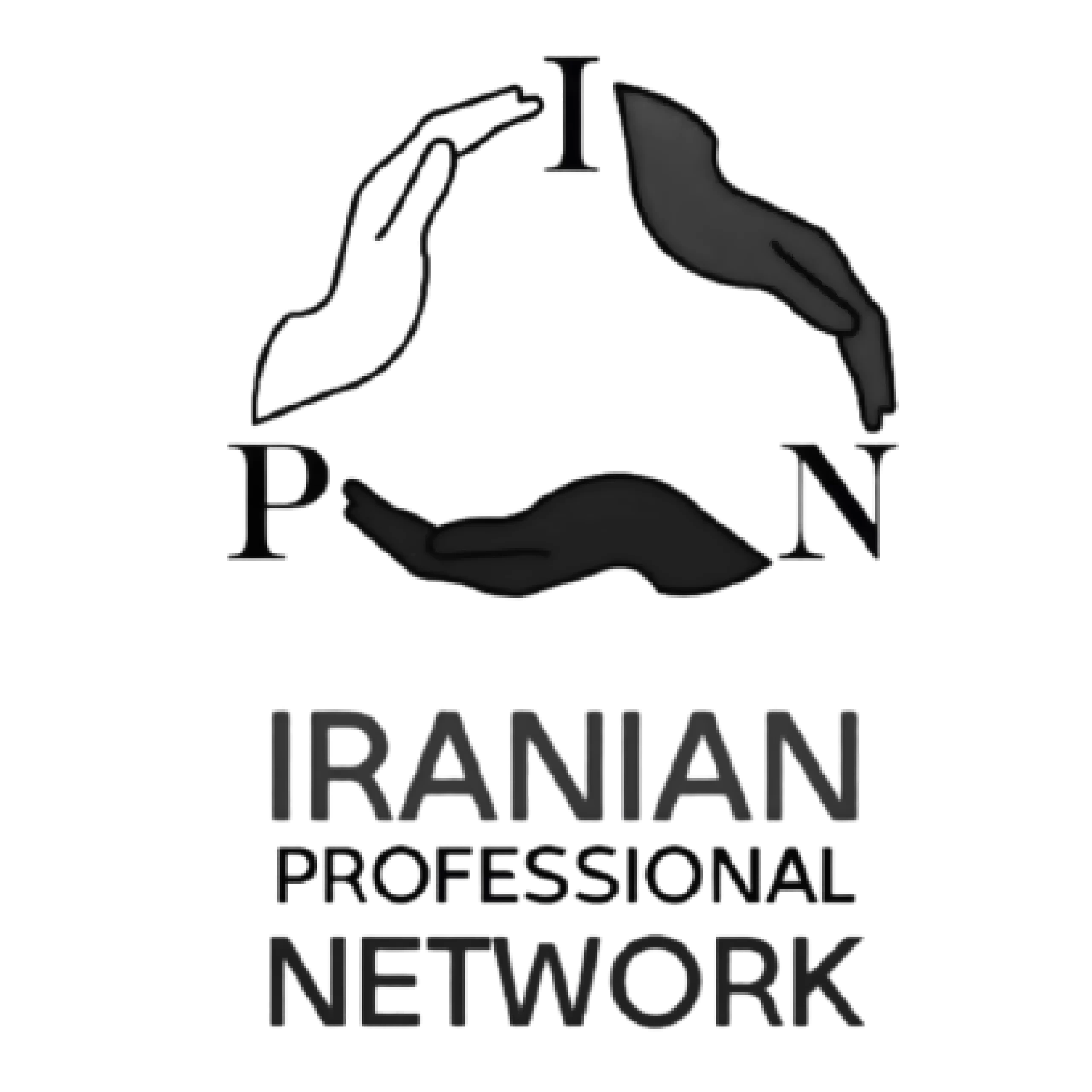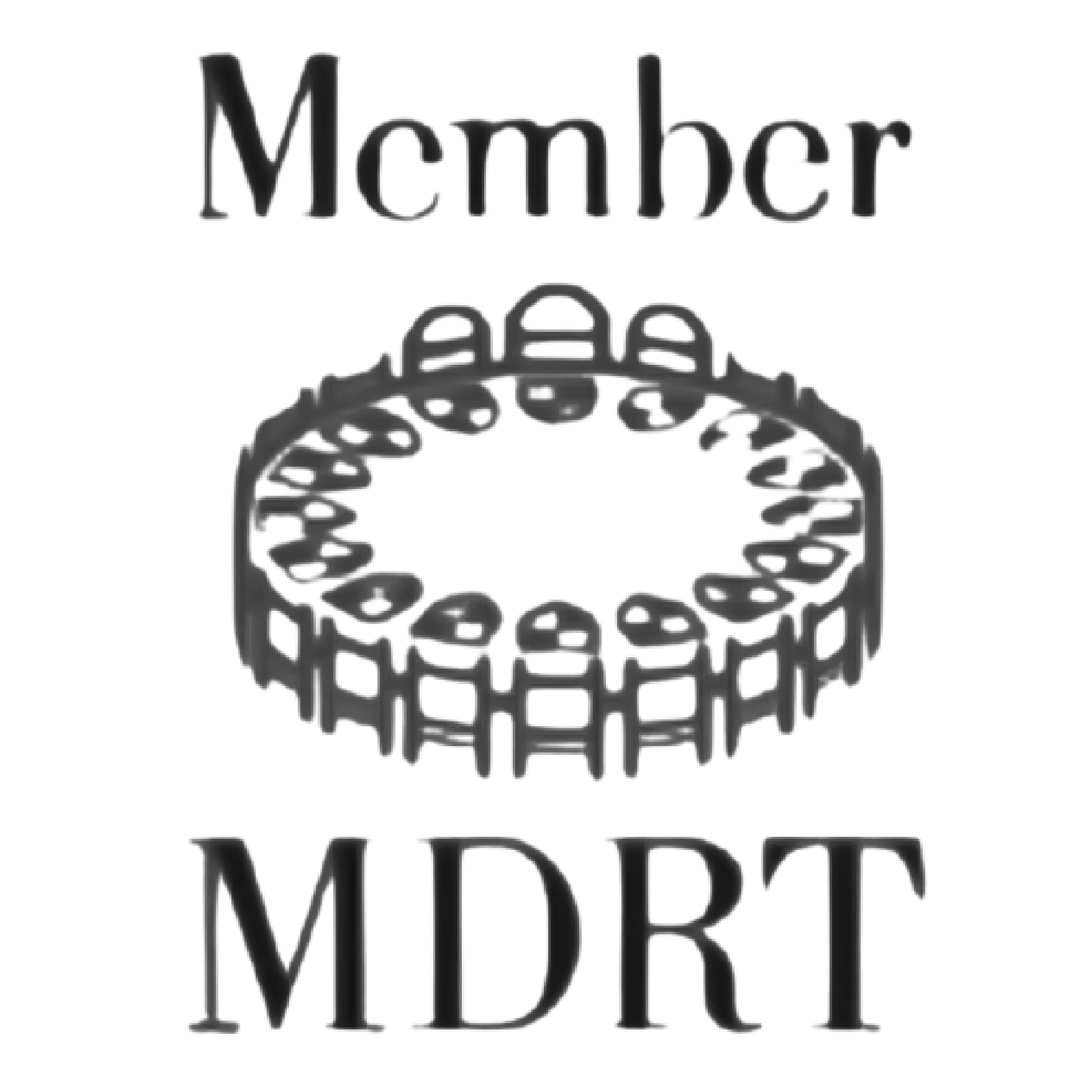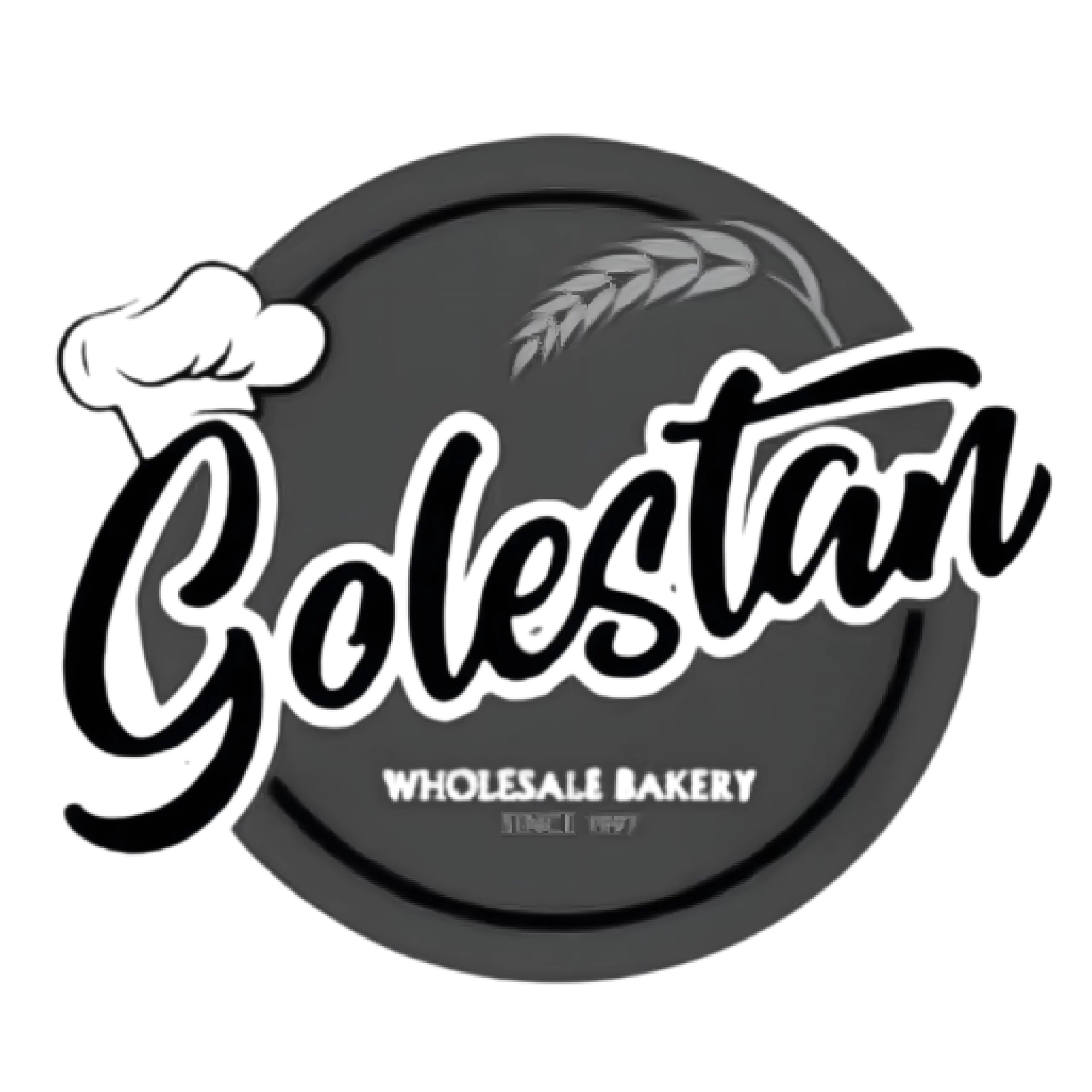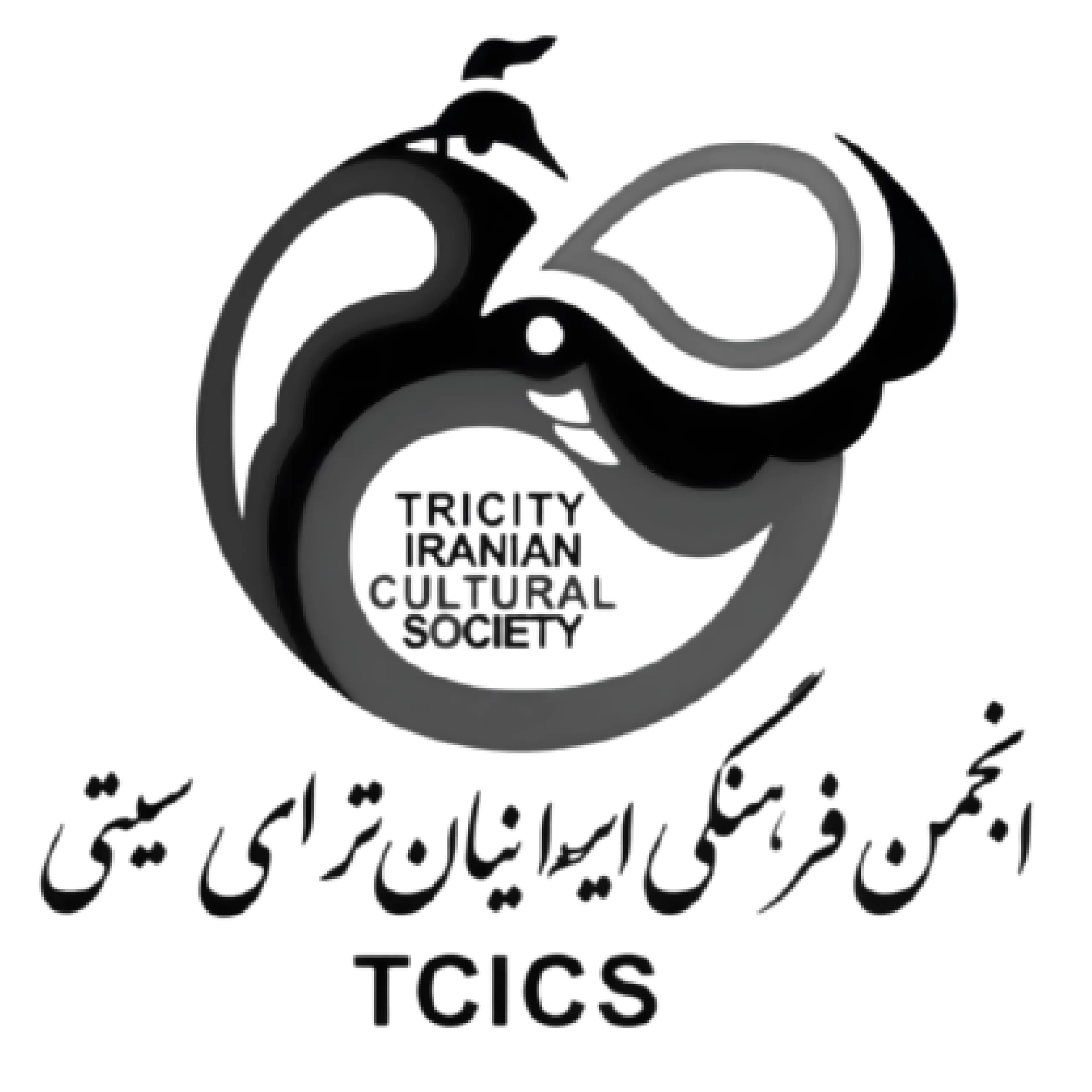Introduction
Content strategy for social media involves planning, creating, and managing content tailored to specific platforms with the goal of engaging an audience, building brand awareness, and driving meaningful interactions. A strong content strategy focuses on understanding your target audience, selecting the right social media channels, and producing a mix of content types (e.g., images, videos, articles) that align with both your brand’s goals and your audience’s interests.
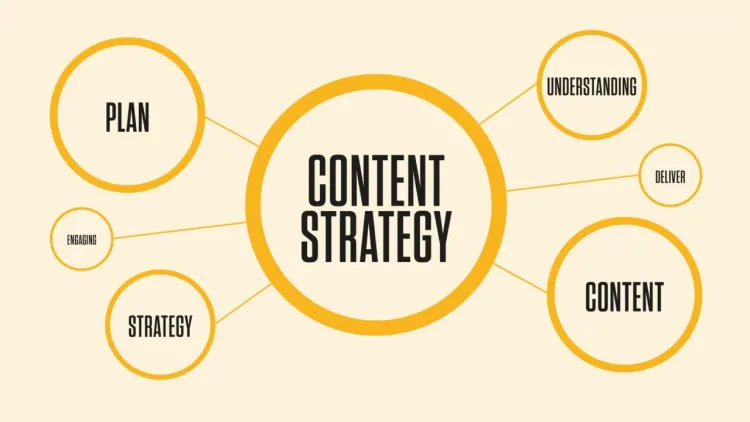
What is a content strategy in social media?
Content strategy in social media is a planned approach to creating and sharing content on social platforms. It involves deciding what type of content to post, when to post it, and on which platforms, all aimed at engaging your target audience and achieving specific business goals. This strategy helps maintain consistency in messaging, builds brand awareness, and fosters meaningful connections with followers.
How to craft an effective social media content strategy
1. Identify and set goals
Setting clear, measurable goals is crucial for any social media content strategy. Start by defining what you want to achieve through your social media efforts. These goals should align with your overall business objectives and be specific, measurable, achievable, relevant, and time-bound (SMART).
Common social media goals include:
- Increasing brand awareness
- Driving website traffic
- Generating leads or sales
- Improving customer engagement
- Enhancing customer service
- Building a community around your brand
Once you have identified your goals, establish key performance indicators (KPIs) to track your progress. These might include metrics like follower growth, engagement rates, click-through rates, or conversion rates.
2. Research your audience
Understanding your target audience is essential for creating content that resonates and drives engagement. Conduct thorough research to gain insights into your audience’s demographics, interests, behaviors, and preferences on social media.
Steps for audience research:
- Analyze your existing social media followers and customers
- Use social media analytics tools to gather data on your audience
- Create buyer personas to represent your ideal customers
- Conduct surveys or interviews with your target audience
- Monitor conversations and trending topics in your industry
- Study your competitors’ followers and engagement patterns
By understanding your audience, you can tailor your content to their needs and interests, choose the right platforms to reach them, and determine the best times to post for maximum engagement.
3. Analyze your social media competitors
Studying your competitors’ social media presence can provide valuable insights and help you refine your own strategy. Here’s how to conduct a competitive analysis:
- Identify your main competitors in the social media space
- Examine their content types, posting frequency, and engagement rates
- Analyze their follower growth and audience demographics
- Note their most successful content and campaigns
- Identify gaps or opportunities they might be missing
- Observe how they interact with their audience
- Use competitive analysis tools to gather more in-depth data
This analysis can help you benchmark your performance, discover new content ideas, and identify ways to differentiate your brand.

4. Audit your current social content
Evaluating your existing social media content is crucial for improving your strategy. A thorough audit helps you understand what’s working, what isn’t, and where you can improve. Follow these steps:
- Review your posts across all platforms
- Analyze engagement metrics (likes, comments, shares) for each post
- Identify your top-performing content and common themes
- Examine your posting frequency and timing
- Assess the consistency of your brand voice and visual identity
- Check if your content aligns with your current goals
- Evaluate the effectiveness of different content formats (e.g., images, videos, text)
- Consider how well your content resonates with your target audience
- Look for gaps in your content mix or topics you haven’t covered
5. Develop a social media content plan
Creating a comprehensive content plan is essential for maintaining consistency and achieving your social media goals. Here’s how to develop an effective plan:
- Define your content pillars or themes that align with your brand and audience interests
- Create a content calendar outlining what to post and when
- Balance different types of content (e.g., educational, promotional, entertaining)
- Plan for seasonal events, holidays, and industry-specific occasions
- Incorporate user-generated content and influencer collaborations
- Develop a consistent brand voice and visual style guide
- Plan for cross-platform content adaptation
- Include a mix of evergreen and timely content
- Allocate resources for content creation and curation
- Set up a workflow for content approval and scheduling
6. Choose the Right Social Platforms
Selecting the appropriate social media platforms is crucial for reaching your target audience effectively. Consider these factors:
- Audience demographics and preferences
- Platform-specific features and strengths
- Your industry or niche
- Content format suitability (e.g., visual, text-based, video)
- Resource availability for managing multiple platforms
- Platform growth trends and potential
Popular platforms to consider:
- Facebook: Wide demographic range, good for community building
- Instagram: Visual content, younger audience, strong for lifestyle brands
- Twitter: Real-time updates, news, customer service
- LinkedIn: Professional networking, B2B marketing
- TikTok: Short-form video, younger audience, trending content
- Pinterest: Visual discovery, DIY and lifestyle content
- YouTube: Long-form video content, tutorials, vlogs
Remember, it’s often better to excel on a few platforms than to spread resources too thin across many. Focus on the platforms where your audience is most active and engaged.

7. Build a content calendar
A content calendar is a crucial tool for organizing and scheduling your social media posts. Here’s how to create an effective one:
- Choose a calendar tool (e.g., spreadsheet, project management software, or specialized social media planning tools)
- Outline content themes for each month
- Plan content for key dates, events, and product launches
- Allocate slots for different content types (e.g., promotional, educational, user-generated)
- Include posting times and frequencies for each platform
- Add space for captions, hashtags, and visual assets
- Include columns for tracking performance metrics
- Allow flexibility for real-time content and trending topics
- Schedule review and approval processes
- Set reminders for content creation deadlines
A well-structured content calendar helps maintain consistency, reduces last-minute rushes, and ensures a balanced content mix across your social media channels.
8. Integrate influencer partnerships
Collaborating with influencers can significantly boost your social media strategy. Here’s how to effectively integrate influencer partnerships:
- Identify influencers who align with your brand values and target audience
- Define clear goals for influencer collaborations (e.g., brand awareness, product launches)
- Develop a mix of micro and macro-influencers based on your budget and objectives
- Create guidelines for influencer content to ensure brand consistency
- Plan for different types of collaborations (e.g., sponsored posts, takeovers, product reviews)
- Integrate influencer content into your overall content calendar
- Establish clear metrics to measure the success of influencer campaigns
- Consider long-term partnerships for sustained impact
- Ensure compliance with disclosure regulations for sponsored content
- Encourage authentic content creation that resonates with the influencer’s audience
9. Promote and distribute your content
Effective promotion and distribution are key to maximizing the reach and impact of your social media content:
- Use platform-specific features like stories, reels, or live videos to boost visibility
- Implement a cross-promotion strategy across different social networks
- Leverage hashtags strategically to increase discoverability
- Engage with your audience through comments, likes, and shares
- Utilize paid advertising to amplify high-performing content
- Collaborate with other brands or influencers for content sharing
- Repurpose content across different formats and platforms
- Share your social content in email newsletters or on your website
- Encourage employee advocacy to extend organic reach
- Time your posts for maximum engagement based on audience activity patterns
- Use social media management tools for efficient scheduling and posting

10. Measure results
Regularly analyzing your social media performance is crucial for refining your strategy:
- Set up tracking for your key performance indicators (KPIs)
- Use native analytics tools provided by each social platform
- Implement third-party analytics tools for more in-depth insights
- Monitor engagement metrics (likes, comments, shares, saves)
- Track follower growth and audience demographics
- Measure click-through rates and website traffic from social media
- Analyze conversion rates for lead generation or sales goals
- Compare performance across different platforms and content types
- Conduct A/B tests to optimize your content strategy
- Create regular reports (weekly, monthly, quarterly) to track progress
- Use insights to adjust your content strategy and tactics
- Benchmark your performance against competitors and industry standards
- Evaluate the ROI of your social media efforts, including paid campaigns
11. Use AI to analize your content
Leveraging artificial intelligence can significantly enhance your social media content analysis and strategy. Here’s how AI can be integrated:
- Sentiment analysis: Use AI to gauge audience reactions and emotions towards your content
- Content performance prediction: AI algorithms can forecast how well certain types of content might perform
- Optimal posting times: AI can analyze engagement patterns to suggest the best times to post
- Competitor analysis: Automated tools can track and analyze competitor content strategies
- Image and video recognition: AI can categorize and tag visual content for better organization
- Personalization: AI can help tailor content recommendations for different audience segments
- Trend identification: AI-powered tools can spot emerging trends in your industry
- Language optimization: Use AI writing assistants to improve content clarity and engagement
- Chatbots for engagement: Implement AI chatbots to handle routine audience interactions
- Content curation: AI can suggest relevant third-party content to share with your audience
- Audience segmentation: Advanced AI can help identify niche audience groups for targeted content
- ROI prediction: Some AI tools can forecast the potential return on investment for content strategies
What happens if you start without content strategy?
Starting without a content strategy on social media can lead to several challenges and missed opportunities:
- Inconsistent messaging: Without a plan, your posts may lack a cohesive brand voice and message.
- Poor audience targeting: You might create content that doesn’t resonate with your intended audience.
- Inefficient resource use: Time and effort may be wasted on content that doesn’t serve your goals.
- Missed opportunities: You could overlook key events, trends, or engagement chances.
- Difficulty measuring success: Without clear goals, it’s hard to determine if your efforts are effective.
- Reactive rather than proactive: You may find yourself constantly scrambling for content ideas.
- Inconsistent posting: Your social media presence might become sporadic and unreliable.
- Lack of direction: Your social media efforts may not align with broader business objectives.
- Reduced engagement: Unplanned content often fails to capture and retain audience interest.
- Wasted budget: Any paid promotions might not be optimized for best results.
- Brand confusion: Inconsistent messaging can lead to a muddled brand image.
- Missed cross-platform opportunities: You may not effectively leverage different social media platforms.

Conclusion
In conclusion in ador agency, a well-executed content strategy for social media can significantly boost your brand’s visibility, engagement, and connection with your audience. By understanding your target audience, selecting appropriate platforms, and creating diverse, valuable content, you can foster lasting relationships and achieve your marketing goals. Regularly evaluating and adjusting your strategy based on performance insights will ensure continued growth and relevance in an ever-changing digital landscape.
FAQs
1. What is a social media content strategy?
A social media content strategy is a plan that guides the creation, publication, and management of content across social media platforms to achieve specific business goals.
2. How often should I post on social media?
Posting frequency depends on your audience, platform, and resources. Generally, consistency is more important than volume. Start with 3-5 posts per week and adjust based on engagement.
3. Which social media platforms should my business use?
Choose platforms where your target audience is most active. Consider your content type, industry, and resources when selecting platforms.
4. How do I measure the success of my social media strategy?
Track key performance indicators (KPIs) like engagement rate, follower growth, website traffic, and conversions. Use platform analytics and third-party tools for insights.
5. Should I use the same content across all social media platforms?
While you can repurpose content, it’s best to tailor it to each platform’s unique features and audience expectations for optimal engagement.
6. How can I increase engagement on my social media posts?C
reate valuable, relevant content, use visuals, ask questions, run contests, respond to comments, and post at optimal times for your audience.
7. What’s the role of paid advertising in a social media strategy?
Paid ads can amplify your reach, target specific audiences, and drive specific actions. They complement organic efforts in a comprehensive strategy.
8. How do I handle negative comments or feedback on social media?
Respond promptly, professionally, and empathetically. Address concerns publicly when appropriate, and move detailed discussions to private messages.
9. How often should I review and update my social media strategy?
Review your strategy quarterly and make minor adjustments. Conduct a thorough review and update annually or when significant changes occur in your business or industry.
10. Can I automate my social media posts?
Automation tools can help with scheduling, but avoid full automation. Maintain a balance between scheduled content and real-time engagement.






















